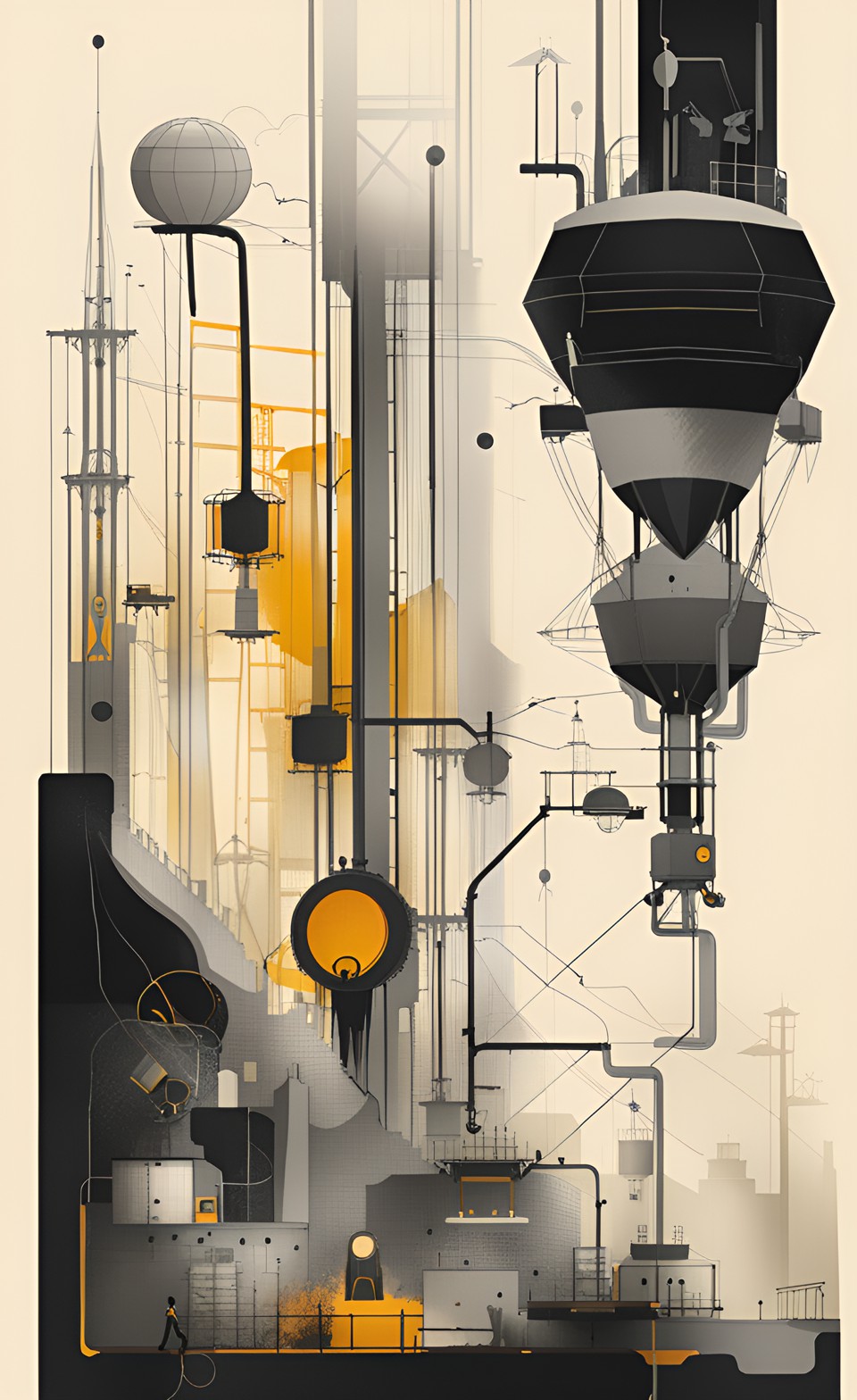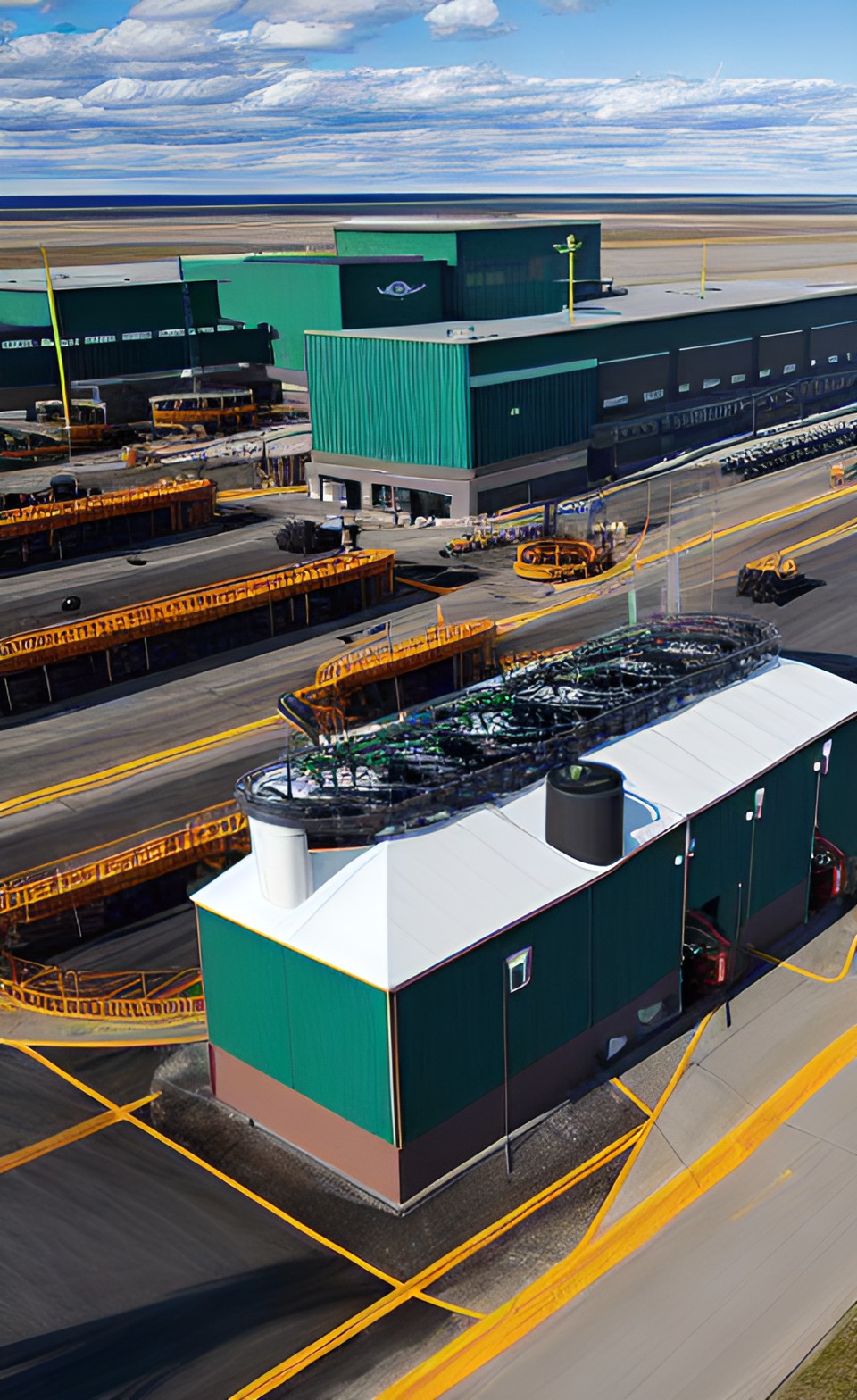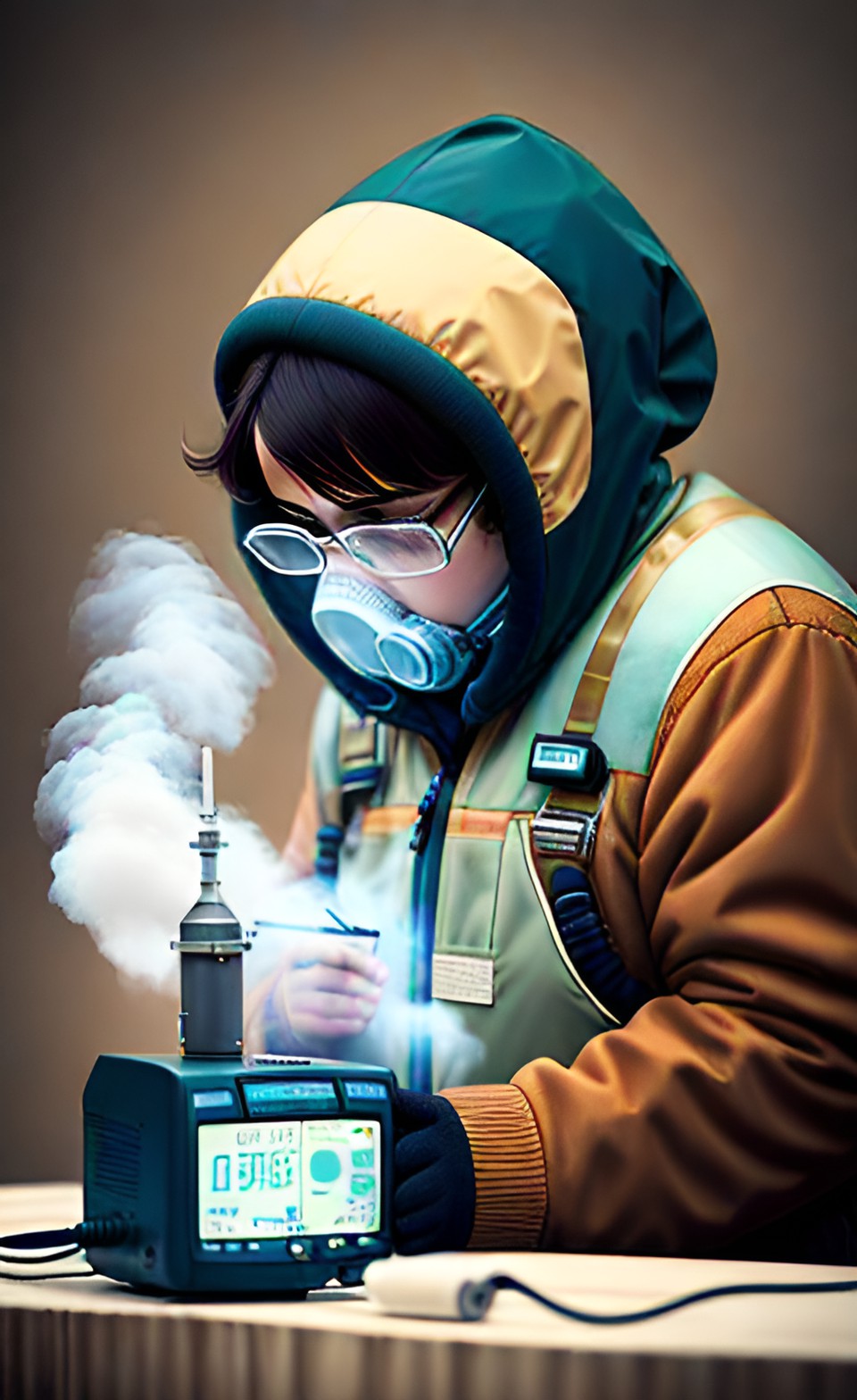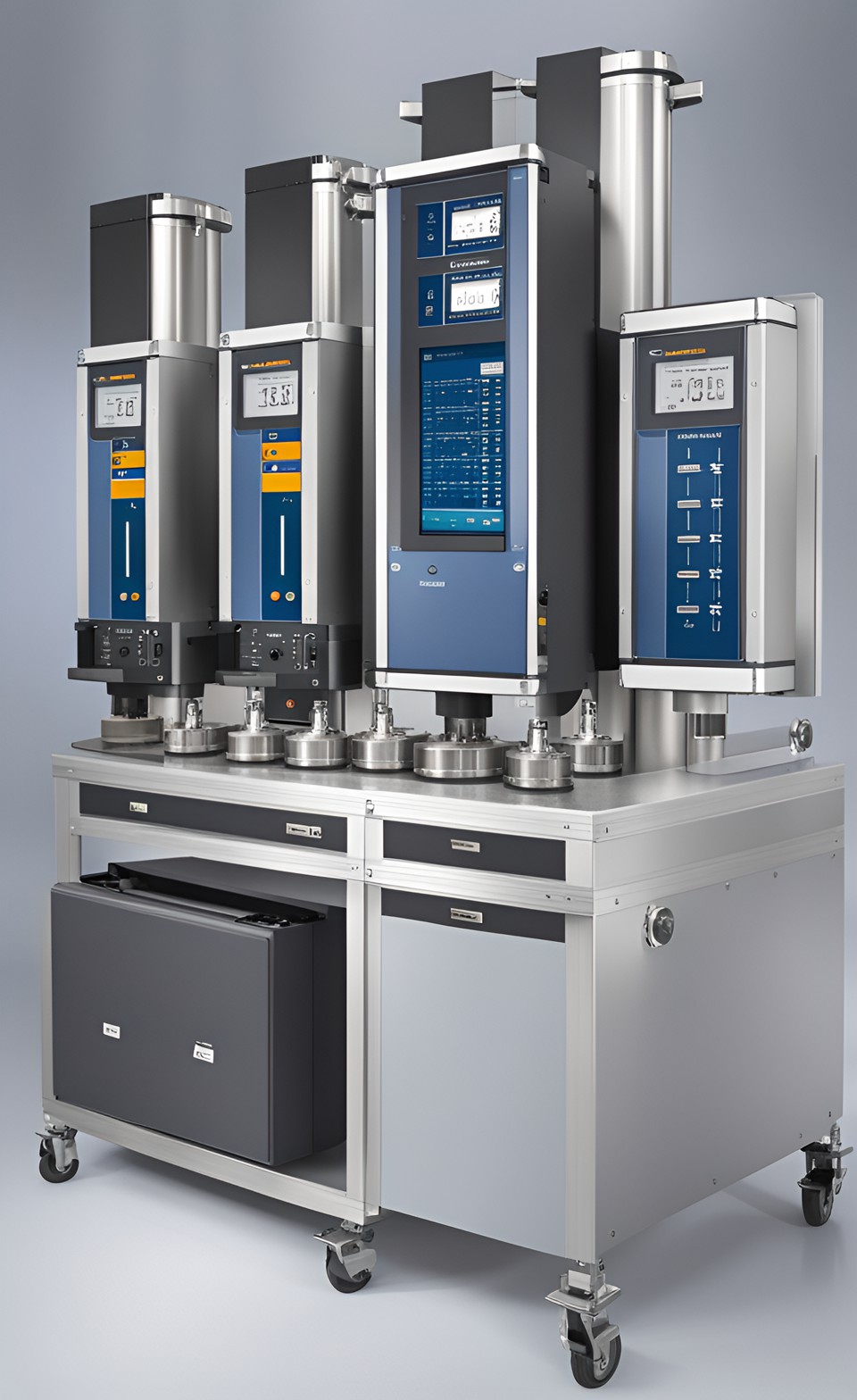- Air Homepage
- Alberta Air Quality
- One Person Is in Charge
Calibration Guidelines: One Person is in Charge of Accuracy
One person is in charge of calibrating air analyzers and weather sensors, a crucial part of Alberta's air monitoring framework.
Your Air Analyzer Calibration Checklist and AMD Chapter 7 - Do you know when your equipment manual overrides AMD rules? Is your zero-span test in the right range? Discover the meticulous calibration procedures, zero adjustments, and traceability standards that ensure your air quality results are accurate and compliant.
 Air quality monitoring?
Air quality monitoring?If you take that role, then under the Air Monitoring Directive (AMD), you will find yourself implementing rules that supersede other manuals and directions.
This document's 2016 update refines the design, clarifies shutdown protocols, and accommodates technological advances. It outlines a comprehensive approach to calibration, outlining multi-point calibration, zero and high point adjustments, and adherence to calibration standards.
A daily zero-span test, flow calibration, and adherence to strict procedures help ensure air-data is reliable. To maintain precision with air quality monitoring, the responsible person oversees a meticulous process.
Maintaining accurate air quality data within Alberta's monitoring framework requires meticulous calibration of air analyzers and weather sensors. We ensure the reliability of our environmental data by adhering to the Air Monitoring Directive (AMD).
Stay up-to-date on best practices and technological advancements. You play a crucial role in protecting public health and the environment.
1.0 One person is in charge of these general matters
This is part of Alberta's air monitoring rules, the AMD. This chapter explains how to calibrate air analyzers and weather sensors. The calibration makes sure these devices give accurate readings of air pollution and this calibration needs to be done regularly since the devices can change over time.
 Air quality instrument care
Air quality instrument careThe document, Chapter 7 of the Alberta AMD identifies three main points (Cal 1-A, Cal 1-B, Cal 1-C), which are summarized here:
Air analyzers and weather sensors have been required to follow these rules since September 2015. Each device needs to be calibrated according to the rules in this document and they should take precedence over the device's manual, unless the Director says otherwise.
1.1 Amendments
There were some changes to the document in 2016. The updates involved:
- making the document more accessible,
- clarifying about shutting down devices before removing them,
- splitting a requirement for clarity,
- giving guidance and examples for ozone calibrations,
- adjusting flow measurement rules, and
- making changes to accommodate new technology.
They also added a requirement for calibrating certain analyzers and clarified when certain data is invalid. They updated the title page and added a link to AMD's flow measurement guidance.
2.0 General Calibration Requirements
To calibrate an air quality monitor, you tune it to make sure it gives accurate readings. One person is in charge to keep an eye on the devices, looking for weird signals. If there's a problem, they need to fix it. Every device should be calibrated where it works, kept at the right temperature, and tested while it's working normally. Data needs to be logged during calibration, marked as invalid. These tasks are outlined in the document.
 Calibrating air quality monitors is a painstaking process.
Calibrating air quality monitors is a painstaking process.2.1 Multi Point Calibration Requirements
Air analyzers need multi-point calibrations to work right. The person in charge needs to do these calibrations monthly, after installing a new analyzer, before and after repairs, before shutting down, after more than four days without working, and if the results show any problems. Calibration involves testing the analyzer at different concentrations to make sure it's accurate.
Also, if there are no rules for a particular analyzer, the rulebook mentions specific concentration points to test. In non-linear analyzers, they need even more calibration points and special ways to analyze the data. Checks like these make sure we're getting reliable air data.
2.2 Zero and High Point Calibration Adjustment
There are rules for adjusting the zero and high points of air analyzers. Before making any adjustments, one person is in charge to check the zero and span values.
During these adjustments, they don't correct for zero or slope. During routine monthly calibrations, the person in charge adjusts based on zero and highest test concentrations. As a result, the analyzer works within its specifications.
If there aren't individual controls for each channel, they follow specific instructions for analyzers like NO/NO2/NOx. By introducing more test concentrations, they can check if the analyzer is working correctly. It's important to use the same device for all readings and measurements. Air analyzers need to follow these rules to give accurate results.
3.0 Calibration Standards
To calibrate an air analyzer, the person in charge must use calibration gases that match the analyzer's purpose. They need to be certified and traceable to well-known providers and standards like the U.S. National Institute of Standards and Technology (NIST) or Dutch Metrology Institute.
Local or working standards should be derived from certified reference materials. Ensure that your working standards are directly certified to the Standard Reference Material or Certified Reference Material. Calibration will be accurate and reliable if you follow these steps correctly.
3.1 "Zero" Standards
When air analyzers are tested at zero concentration, these are considered valid standards. You don't have to trace them back to a primary standard, but you need to make sure they're free of anything that could trigger the analyzer.
By using devices that generate zero air or buying pre-made standards, you can create zero concentrations. Even at very low concentrations, it's accurate.
3.2 Standards for Ozone
Test concentrations must be traceable back to a primary UV photometer when testing ozone levels, according to US EPA guidelines. Ozone calibrations can be done with previously calibrated NOx/NO/NO2 analyzers and a specific NO in N2 calibration gas mixture.
But there are conditions, like conducting the calibration within 24 hours and confirming flows. To minimize variations, ozone generators need to be calibrated regularly against an ozone primary standard.
 Measuring air quality
Measuring air qualityOzone calibrations should happen right after NO/NOx analyzer calibrations if you're using Gas Phase Titration. Flows should be verified the next day. To adjust concentrations, use a simple calculation. Make sure your ozone measurements are accurate and reliable by following these steps.
3.3 Flow Calibration
It's crucial to check the air flow when calibrating air measurement devices, since it can be a big error source. One person is in charge to use a mass flow controller or volumetric flow calibration.
A certified flow measuring device must also be used to verify the flow at different concentration points. Instruments used to measure flow or volume should be certified annually against a recognized standard. These steps help minimize airflow errors in air measurement.
4.0 Daily Zero-Span Test Procedure
The zero-span test is used to check the accuracy of regular air analyzers that haven't changed much. The test should be done every day, about 23 to 25 hours apart, and shouldn't take more than an hour. Gases should be kept or generated at the monitoring location, and the concentration should be between 40% and 80% of the analyzer's range. For the test to be valid, they need 10 minutes of stability.
Auto-range analyzers are tested on the lowest range, and if there's more than 10% deviation from calibration, corrective action is needed. Based on this test, the zero baseline of the analyzer might be corrected. However, this test doesn't correct the analyzer's sensitivity.
Analyzers with automatic dynamic span adjustment shouldn't have this feature on during the daily test. Analyzers are monitored with zero and span control charts, which are like visual tools for tracking how well they're working. The document includes an example of a control chart. One person is in charge to check the analyzers every day and make sure they're accurate and reliable.
Do you calibrate air analyzers and weather sensors within Alberta's air monitoring framework?
To ensure precision in air quality monitoring, Calvin Consulting Group Ltd. can help. Why Choose Us?
Get expert guidance on air quality monitoring from our seasoned consultants. Our team ensures compliance with Air Monitoring Directives (AMDs).
We've updated our consulting services for the latest regulations to help refine design, clarify shutdown protocols, and accommodate technological advances. We advocate for a meticulous calibration process that includes multi-point calibrations, zero and high point adjustments, and strict calibration standards.
Minimize airflow errors with our precision flow calibration auditing services. Our experts help your staff use mass flow controllers and volumetric flow calibration to ensure certified annual verification.
Chapter 7 of the AMD continues with a section on
- improving the quality of your data,
- calibrating air samplers of various types
- advanced air equipment analytical techniques
Get in touch:
Don't get overwhelmed by air quality monitoring regulations. Calvin Consulting Group Ltd. provides tailored quality assurance solutions to ensure your processes meet the highest standards. Send us an email at

...to schedule a consultation.
Calvin Consulting Group Ltd. lets you breathe easier.
This chapter continues with Section 5.0 next.
Alberta's air monitoring regulations for emphasizing calibration and getting more accurate readings.
A person in charge oversees the process, aligning these devices with set rules. Recent amendments help operators refine the design shut down properly, and keep on top of technological advances.
Calibration covers requirements, adjustments, standards adherence, and zero-span tests daily. These rules help us make air data reliable and precise.
Do you have concerns about air pollution in your area??
Perhaps modelling air pollution will provide the answers to your question.
That is what I do on a full-time basis. Find out if it is necessary for your project.
Have your Say...
on the StuffintheAir facebook page
Other topics listed in these guides:
The Stuff-in-the-Air Site Map
And,
Thank you to my research and writing assistants, ChatGPT and WordTune, as well as Wombo and others for the images.
OpenAI's large-scale language generation model (and others provided by Google and Meta), helped generate this text. As soon as draft language is generated, the author reviews, edits, and revises it to their own liking and is responsible for the content.



New! Comments
Do you like what you see here? Please let us know in the box below.